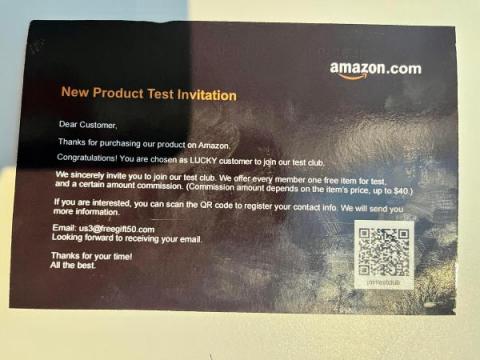How To Remove Your Personal Information From the Internet
You can remove your personal information from the internet by requesting that Google and people search sites remove it, checking if your credit card offers any removal services, deleting unused accounts and adjusting your privacy settings. Removing your Personally Identifiable Information (PII) from the internet can prevent cybercriminals from stealing your identity, committing fraud and targeting you with spam.











